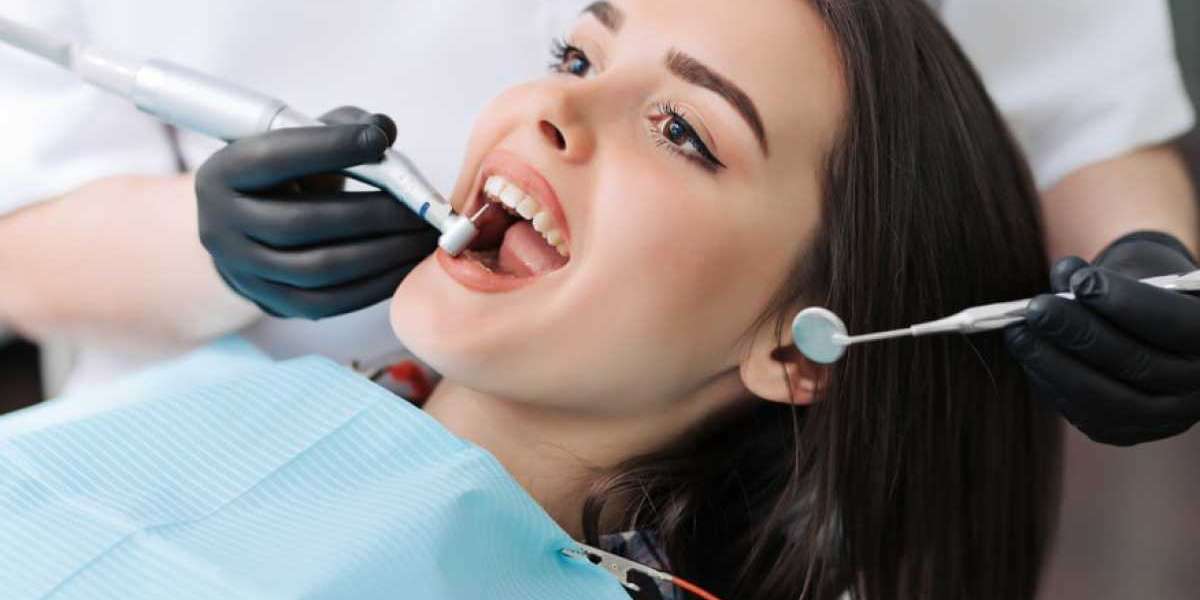Fractional Laser فراكشنال ليزر therapy has emerged as a popular treatment for various skin conditions, with its ability to stimulate collagen production, reduce fine lines, and improve skin texture. One of the conditions that fractional laser has been explored for is melasma, a common skin pigmentation disorder. Melasma is characterized by brown or gray-brown patches on the skin, most often occurring on the face. It is particularly common among women, especially those who are pregnant or taking birth control pills, as it is often triggered by hormonal changes.
In this blog, we will dive into the research surrounding fractional laser treatments for melasma, its effectiveness, and what you need to know if you’re considering this treatment.
Understanding Melasma
Melasma occurs when the skin produces an excess of melanin, leading to discoloration. These dark patches are most commonly found on the cheeks, forehead, nose, and upper lip. While melasma is not harmful, it can cause significant distress, affecting a person’s self-esteem and confidence. The primary causes of melasma include:
- Hormonal changes: Pregnancy (often referred to as the "mask of pregnancy"), birth control pills, and hormone replacement therapy can trigger melasma.
- Sun exposure: Ultraviolet (UV) rays from the sun can worsen melasma, making it darker and more persistent.
- Genetics: Some individuals may have a genetic predisposition to melasma.
- Skin inflammation: Certain skin conditions, like eczema or acne, can sometimes lead to post-inflammatory pigmentation, which can trigger melasma.
Given how challenging melasma can be to treat, many individuals seek various treatments to address it, including Fractional Laser therapy.
How Does Fractional Laser Work for Melasma?
Fractional Laser works by delivering laser energy in the form of tiny microbeams to the skin. These beams penetrate the skin and create microscopic injuries that stimulate collagen production, leading to smoother, younger-looking skin. The fractional nature of the laser ensures that only a fraction of the skin is affected, leaving surrounding tissue intact, which speeds up the healing process.
For melasma, fractional laser targets the pigment-producing cells in the skin, known as melanocytes. By breaking down excess melanin in the skin and promoting skin regeneration, Fractional Laser can help lighten the dark patches associated with melasma over time.
The Fractional Laser treatment for melasma typically works in one of two ways:
- Reducing pigmentation: By targeting the excess melanin, the laser helps break it down and promotes its natural removal from the body.
- Collagen stimulation: The laser’s energy helps promote collagen production, which can improve the overall texture of the skin and enhance its appearance.
Research on Fractional Laser for Melasma Treatment
Numerous studies have been conducted to evaluate the efficacy of Fractional Laser in treating melasma, with promising results. Below is an overview of key findings:
Improved Pigmentation: Research has shown that Fractional Laser is effective in reducing melasma pigmentation. A study published in the Journal of Dermatological Treatment demonstrated that Fractional CO2 lasers significantly improved pigmentation and skin texture in patients with melasma. Participants experienced a noticeable reduction in the appearance of melasma spots, with results typically becoming visible after a series of treatments.
Minimal Side Effects: One of the key benefits of Fractional Laser for melasma is the minimal risk of side effects. Unlike more aggressive treatments like chemical peels or deep ablative lasers, fractional lasers offer a less invasive option with a lower risk of complications like post-inflammatory hyperpigmentation (PIH). A study published in Lasers in Surgery and Medicine found that fractional CO2 lasers had a favorable safety profile when treating melasma, with only mild and temporary side effects, such as redness or swelling, occurring in most cases.
Combination Therapy: Some studies suggest that Fractional Laser therapy can be more effective when combined with other treatments. For example, a combination of Fractional Laser with topical treatments, such as hydroquinone or retinoids, can yield better results in treating melasma. This approach helps address melasma from multiple angles—breaking down pigmentation with the laser while using topical products to lighten dark spots and regulate melanin production.
Long-Term Effectiveness: While Fractional Laser can provide significant improvement in the appearance of melasma, it is important to note that melasma can be a chronic condition. Some studies suggest that patients may need maintenance treatments to keep melasma under control. Additionally, protecting the skin from UV exposure is critical to prevent melasma from recurring. The best results are often seen when patients combine Fractional Laser treatments with a comprehensive skincare routine that includes daily sunscreen use and sun avoidance.
Considerations for Treatment
While Fractional Laser shows promise in treating melasma, it’s not suitable for everyone. Factors to consider before undergoing Fractional Laser for melasma include:
- Skin Type: As with any laser treatment, the success of fractional laser therapy can vary depending on your skin type. People with darker skin tones (Fitzpatrick IV-VI) may experience a higher risk of pigmentation issues or scarring. It’s essential to consult with a skilled provider who can assess your skin type and recommend the appropriate treatment settings to minimize the risk of complications.
- Number of Sessions: Melasma is a persistent condition, and multiple sessions may be required to achieve noticeable improvements. Most patients require 3-6 treatments, spaced several weeks apart, to see optimal results. Your practitioner will create a personalized treatment plan based on your skin and the severity of your melasma.
- Sun Protection: One of the most important aftercare steps following Fractional Laser treatment is sun protection. UV exposure can worsen melasma and undo the benefits of the treatment. Using a broad-spectrum sunscreen with an SPF of 30 or higher, wearing protective clothing, and avoiding direct sun exposure for at least 4-6 weeks after the treatment are essential for maintaining results.
Conclusion: Is Fractional Laser Effective for Melasma?
The research supports Fractional Laser as a viable treatment for melasma, with many patients experiencing significant improvements in pigmentation and skin texture. It is a safe, minimally invasive option that provides a targeted solution for those struggling with this common skin concern. However, as with any treatment, results may vary, and it’s crucial to manage expectations and follow all aftercare instructions to achieve the best possible outcome.













